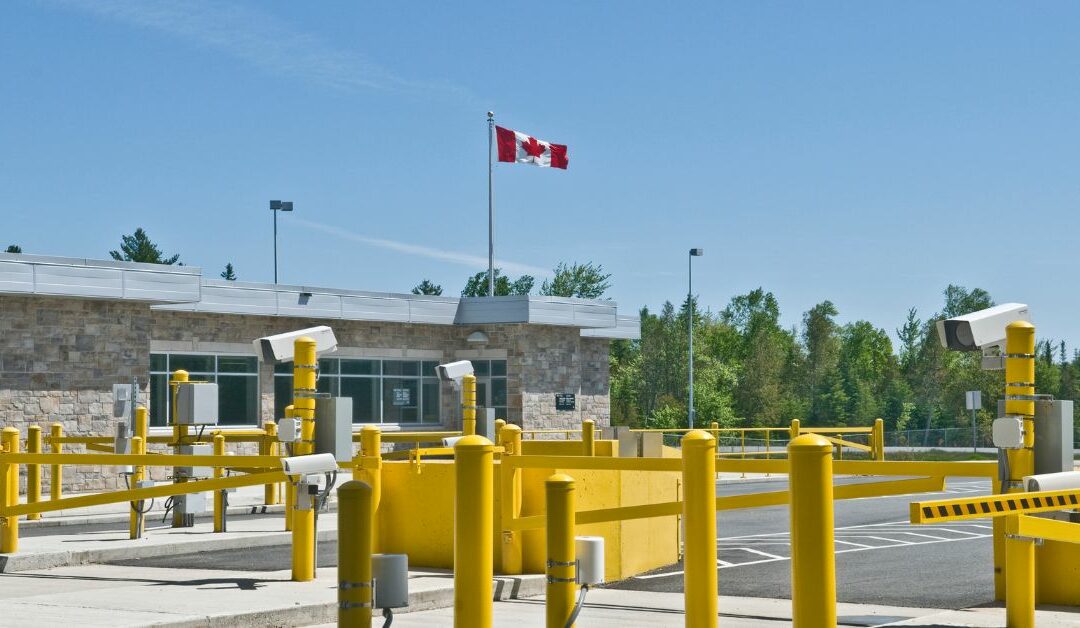Crossing the Canadian border with horses can be a complex process due to the varying regulations and requirements in each province. It is important to research and understand all the necessary steps to ensure a safe, smooth journey for both the horse and the rider.
1. Before going anywhere make sure to obtain the proper documents. Depending on the province, you may need to obtain a health certificate for your horse, a negative Coggins test, and any other necessary documents. It is also important to register with the Canadian Food Inspection Agency (CFIA) at least 48 hours before crossing the border. In addition, it is wise to check with local and provincial laws to ensure that you are compliant with any additional regulations.
2. Make sure to locate a designated port of entry. Many provinces have designated ports of entry specifically for horses and riders, so it is important to research and find the closest port of entry. If there is no designated port of entry, contact the local border agency to find out what other documents they may need to cross the border.
3. When you get to the border you will be directed by U.S. border patrol to have your horse inspected by a vet at their certified inspection facility. At this facility, they will ask to see all of your paperwork. Additionally, make sure to bring a copy of all the documents necessary for the crossing, in case the border patrol requests a copy of them. There may be fees associated with crossing the border and it is very important to be aware of them. Also, be aware of the specific regulations for each state that you will be traveling through.
4. Make sure you and your horse are properly prepared for the journey. Ensure your horses have all the necessary supplies, such as food and water, and make sure your horses are in good health before heading out. (For more information on what is needed for traveling with a horse, check out our article here!)
5. It is also important to plan for the journey ahead. Make sure your horses have enough food and water for the duration of the trip, and plan to make rest stops frequently to keep your horses hydrated. Be mindful of the weather and plan accordingly with the appropriate clothing and supplies.
6. Don’t just take our word for it. Regulations can change, so make sure to check the CBSA’s and the U.S. border services websites for updated information.
Crossing the Canadian border with horses can be a lengthy process, but it doesn’t have to be stressful. By doing the proper research, and getting the necessary documents, the journey can be safe and smooth. With proper planning and preparation, riders and their horses can travel safely and enjoy their journey.

